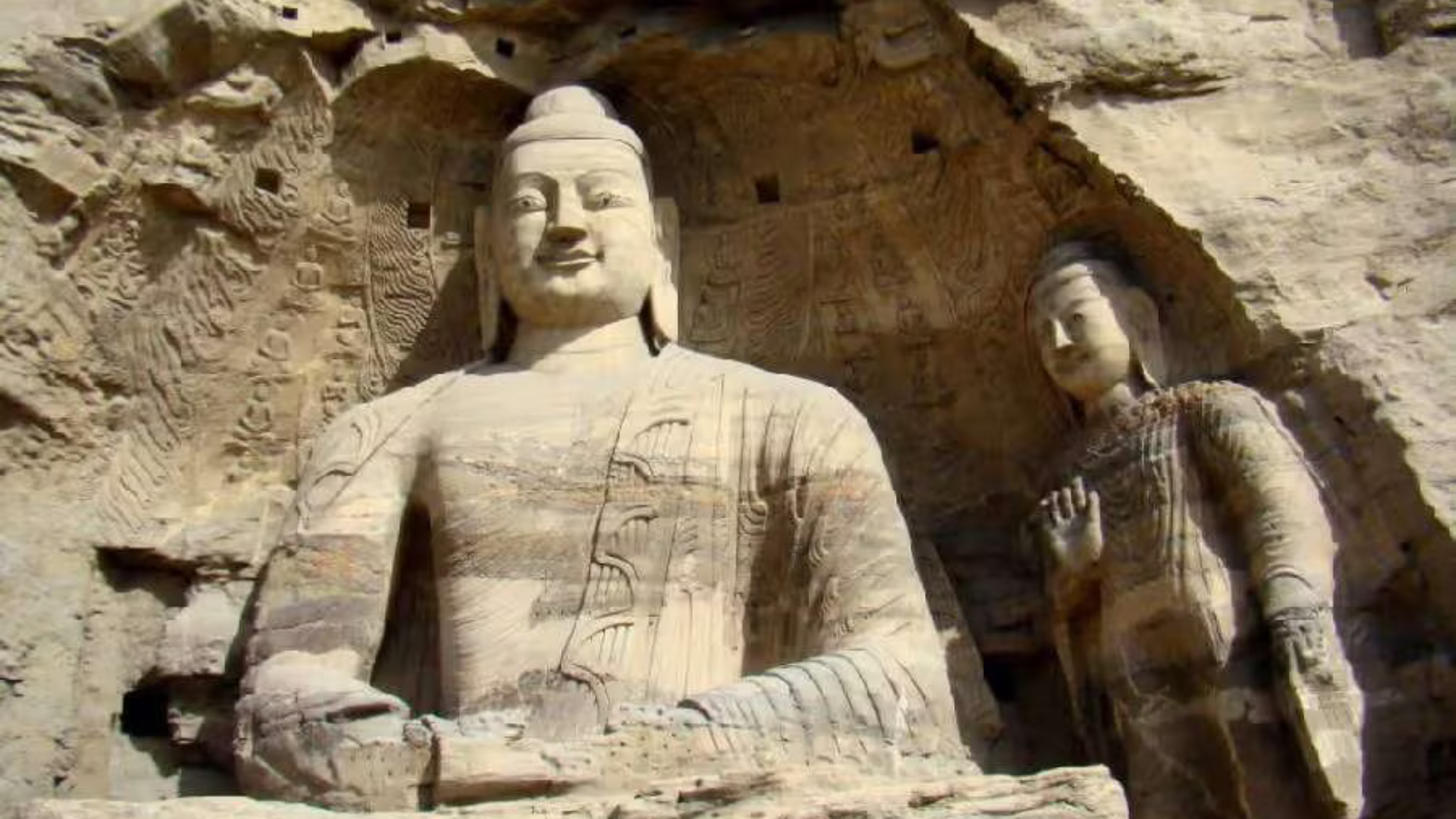Bodhidharma was a prince from South India who was instructed by his female Buddhist master to spread the teachings to China. He was thought to have brought Dhyan (meditation), which later would be known as 'Chan' in China. Modern historians suggest that he was there as early as the 5th century.
The Chinese Emperor Wu initially welcomed the young monk as he wanted the teachings of Buddhism to be spread across China. Bodhidharma, however, would leave the palace shortly as he and the Emperor had some disagreements.
At the age of twenty-two, Bodhidharma attained enlightenment and was subsequently dispatched as an emissary to China. Upon his arrival, Emperor Wu of China eagerly awaited him at the borders of his empire, hosting a grand reception in anticipation of meeting the enlightened sage.
However, upon seeing Bodhidharma, Emperor Wu was visibly disappointed. Expecting a revered sage, he instead encountered a seemingly unremarkable young man, weary from his journey through the mountains. Nonetheless, Emperor Wu extended a gracious welcome to Bodhidharma and his companion, inviting them to his camp and offering hospitality.
Seizing the opportunity to engage with Bodhidharma, Emperor Wu posed a series of profound questions. However, Bodhidharma's responses, characterized by laughter and dismissal, left the emperor offended and frustrated. Undeterred, Emperor Wu persisted with his inquiries, only to receive blunt and unconventional replies from Bodhidharma.

In their exchange, Bodhidharma's unorthodox approach challenged Emperor Wu's preconceived notions and beliefs. Despite the emperor's initial anger and disbelief, Bodhidharma's teachings left a lasting impact, laying the foundation for the spread of Zen Buddhism in China.
This led him to the Shao Lin Temple in the Ho Nan province. It was said that Bodhidharma was taken aback by the poor physical shape of the Shaolin monks. He proceeded to teach them techniques to improve their health, as well as meditation for their minds.
It was believed that he taught them a series of external exercises called the 'Eighteen Arhat Hands' and an internal practice called the 'Sinew Metamorphosis Classic'.
Bodhidharma was thought to have gone to Sumatra and had passed several countries including Malaysia. Malay folklore claims that it was he who had introduced certain moves used in silat.
Photo Source: Tom Das
Source: Isha Sadhguru
News
Why Bodhidharma Choose to Spread Kung Fu Wisdom in China?







